|
The shorter days and cooler air can only mean one thing - summer is ending !
There is something about this transition that I always liked. This is the transition into new things - a new school or university year for the younger but also for the older amongst us , new seasons, new hopes , new dreams . This is the year where we will get into better routines , do something good for us etc etc Of course , this is also the season of shiny new clothes in the shop window. The season where the idea of buying a soft wooly jumper makes us feel cozy inside, and look at this year new color. New fashion trends are shown on mankins, this year ‘new’ colour. It is tempting, but let me tell you a secret : there is no ‘new fashion’- and everything eventually repeats itself. From skinny to bootcut jeans, they go onto a cycle! Same for colours, as much as I love colours I think it is not possible to have new ones anymore. Do you understand where I am going with this ?
5 Comments
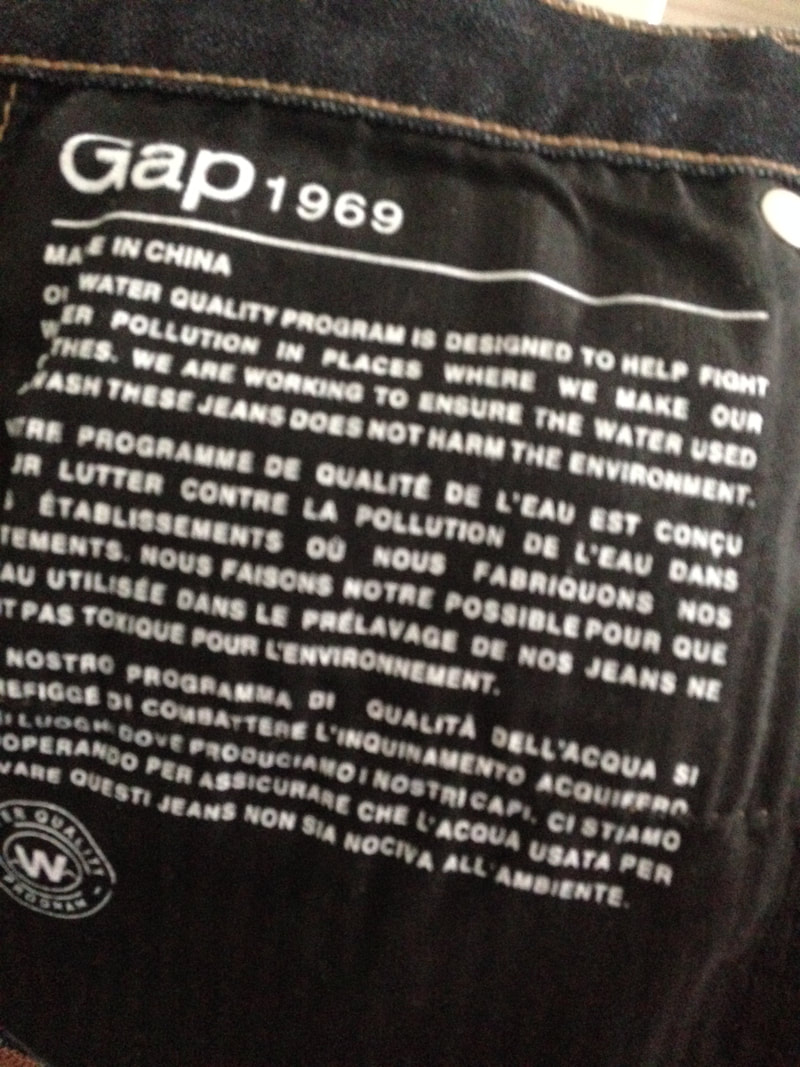 It has been a while since my last 'fashion' post, and this could not be a better time for it! As finally, after years of battle, I have reached the body size and shape that I always wanted, it arrived the time and the need to get new clothes that fit instead of hide the new figure. While for all 'top' clothes and skirts I am a strong advocate of vintage and charity shops, I am particular with my jeans. And so I went to my jeans retailer of choice, the big chain GAP. Yes, even I shop at big chains sometimes, mea culpa and hope I can be forgiven by the most strict anti-capitalists who are reading me. Saying this, gap is also quite involved with sustainability projects - and my new jeans are part of their 'washwell' series aimed at protecting waterways by using sustainable denim wash techniques. Which brought me to this post - what exactly are the impacts of our clothes on waterways? Let's have a closer look at clothes production (as I am writing this I am also learning this for the first time ! A self teaching blog!) So far I have learnt that cotton, despite being an amazing natural fabric for you and your skin, actually has quite high environmental impacts (hence the rise of organic and eco cotton labels!) According to good on you: So, there you have it - cotton should be sustainable and brands should disclaim their use of chemicals in the making of your favourite tee/denim. And how are these chemicals washed away/where! Not just cotton but everything that is coloured with dye is washed and the first few washes will take some of the dye with them so it's very important to do this process as ethically and sustainably as possible! It's no secret that most of the clothes found on the high street are made in the third world and developing countries (I dare you to look at your labels now!), and don't be fooled, expensive does not automatically mean more ethical! Just means, likely, more money in the producers pockets... So here my word of advice - if you need to buy on the high street - try and be suspicious, ask questions, be aware, informed and then make your choice! Happy Saturday shopping :)
As a natural fibres advocate, I decided to scout for some good fabric for my sporty life.
Requirements: 1. durable 2. comfortable 3. good fit 4. not losing shape after a few days (goes with points 1 and 3) 5. breathable 6. not synthetic 7. good for the skin 8. ecofriendly 9. not breaking the bank!
Today I am gonna talk to you about ghosts... 
But.... just a different kind!
We are talking about ghost fishing nets.
Yes, such things exist hidden in the seas and oceans on this planet. Hundreds of kilometres of nets and lines are lost every year. It is estimated that 640,000 tonnes of fishing gear is lost yearly, that 640 million Kilos (assuming you weight 64 Kg, that's 10 millions of you - every year! just to put into some perspective there...). What's most likely is that this is an underestimation, considering the vaste nature of seas and oceans, where many areas still remain unexplored. Perhaps scarier than a spirit ghost appearance... These nets continue to catch fish, dolphins, wales, birds, turtles.. with no commercial use! They also pose threats to navigation and to the seabed...
While you personally may feel like there isn't much you can do to stop this, there are some steps you can take.
I am going to talk to you now about an initiative to recycle some of this material.... ...into fabric! Yes, pretty clothes!
Such as my new Fourth Element bikini top (which also arrived in a plastic-free package! YAY!).
The fabric is called EcoNyl and it's made from recycled fishing gear So when preparing for summer, think about your products and see if you can make a difference by purchasing products made from this fabric rather than classical nylon! And I can vouch for this particular product (I have to say the company doesn't sponsor me in any way) - It's comfy and doubles up as a running bra as well! :) 2 in 1 is my style...
Continuing on my 'fashion' series, today I want to talk to you about Recycled fibres clothing (The R in the title..what were you thinking ? ;-)) We all have heard at least once in our life about the three Rs.. Reduce, Reuse, Recycle. Following this scheme, in my opinion, is the only way to slow down plastic pollution which at this rate is leading to oceans containing more plastic than fish. Recycling is often met with scepticism, and I often hear people say "it all goes in the same place anyway". I am aware that what can be recycled, particularly in terms of plastics, is often more limited than we think in terms of types of materials, conditions of the materials etc.. Recent debates on recycling of plastic bottles can be found here and here. I should mention that I am a great advocate of reducing and reusing FIRST and only recycling as the latest resource, after you reduced as max as you could and reused something as many times and in as many ways possible. Most people, including an old me, are unaware of what can be done with recycled material. And one of the answers is : What you wear could be made of recycled material! 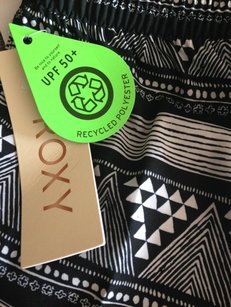 While I prefer natural fibres to plastic, sometimes, as in the case of waterproof clothing/bikini/board shorts, some artificial fibres are needed. But why buying "new" plastic when they can be made out of recycled fibres? I don't feel so bad buying my new Roxy recycled polyester board shorts now. "Fourth Element" is, for example, using plastic from the oceans to create their OceanPositive line, made from ghost fish nets. I will soon get a bikini top from them, as I find this to be a genial idea to begin cleaning up our oceans! Similar initiatives include H&M shoreline waste line, and I am sure there are and will be more. So keep an eye out for the recycled material label when shopping (remember to shop only for things you actually NEED), and start making a difference 
Clothes. They are so widespread that everyone
has some in their wardrobes, from the minimalists with just a few t-shirts and a pair of jeans to the fashionista with an overflowing wardrobe. It's illegal to walk outside without them and I am ready to bet you are probably wearing some right now, but have you stopped one moment to read the label? You should. If you care about what you put on your skin, it should be straightforward that clothes should receive the same amount of scrutiny. If you don't start thinking about the chemicals used in production ( glues, colorants), and just focus on the primary matrerial you would notice that most modern clothes contain at least some synthethic fibers. Chances are that what you are wearing right now contains at least one of the following : polyester, acrylic, spandex, viscose, rayon. Do you really want plastic on your skin everyday? Have you noticed that it makes you "sweat" (and sometimes smell) more? Try going for your run wearing cotton (or when cold a thermal made of merino) and then try the same run with some polyester top or thermal, so call "breathable" not so breathable. Use a linen shirt in your summer holiday and you will be able to withstand the warmest of cities better than with a polyester filled shirt. Try bamboo socks.. Just me? If this is not enough to convince you to read your labels and switch to natural fibers, I am gonna try another line, which was enough to convince me even more to have a wardrobe with as many natural fibers as possible. Do you know that everytime your clothes are washed by the washing machine they lose some of their fibers? It's not something we think about, washing clothes is often a daily/weekly chore that it's not associated with polluting. Perhaps we choose environment-friendly soap, but do we ever think that clothes itself could be a source of pollution? The fiber lost are referred to as microfibers, often not visibile from the naked eyes. As the outflow from the machine goes through wastewater treatment plants most microfibers pass through, straight into our oceans, contributing to plastic pollution. A study has found that when synthetic jackets are washed, 1.7 grams of microfibers are shed, of which 40% end up in the oceans. If we think of all the synthetic jackets out there washed everyday....
Plastic pollution is leading to animal behavioural changes amongst other issues which are currently under-investigation, which could lead to big losses in biodiversity. Moreover, microfibers are increasingly found within fish stomach, the same fish that could be on your table today. Plastic pollution effects on humans are still poorly documented (it's after all a relatively new phenomena), but if the effects on animals are any indication....
Some companies, like Patagonia are trying to understand the impact of their products, help funding studies into microplastic and contributing to costumers education, for example on how to care for such sytnthetic garnments to avoid/limit the microfibers loss. What they suggest is : get good quality garnments, keep using it for long period of times to reduce the impact on the planet (valid for most things in my opinion, less we consume the best!), use a filter bag when washing and wash less often. Of course in my opinion is best to buy things containing as many natural fibers as possible, Bamboo, cotton, wool. It may seem expensive, but you will need less (they last longer!), and if you want something on the cheapest side vintage stores, charity shops (also for a good cause) and markets are great places to find good quality clothes made of natural fibers (particularly valid for woolen items!). Moreover, you can help the local market by shopping for handmade items if you can afford it, they are often made from locally sourced materials and ethical sourced, and why not get a unique item that brings you good memories? (on this note, check these beautiful and ethical children clothes!!) Hope this convinced some of you to check your labels, shop more aware, and wash better! For further reading: https://www.theguardian.com/sustainable-business/2014/oct/27/toxic-plastic-synthetic-microscopic-oceans-microbeads-microfibers-food-chain https://www.theguardian.com/environment/2016/jun/20/microfibers-plastic-pollution-oceans-patagonia-synthetic-clothes-microbeads |
Disclaimer: some posts may contain affiliate links. At no extra costs to you, buying through the link will help me in this blogging journey!
Archives
January 2023
Categories
All
|
Photos used under Creative Commons from doustpauline of > \whatwhenwhere/ <all behind., R'lyeh Imaging, Casey Hugelfink, Eric Tessmer, Honolulu Hawaii, marcoverch, shixart1985, Pascal Volk, ericcooper3, shixart1985, Rennett Stowe, romanboed, Free Public Domain Illustrations by rawpixel, Double--M, shixart1985, Ewan-M, focusonmore.com, Bennilover, dsgetch
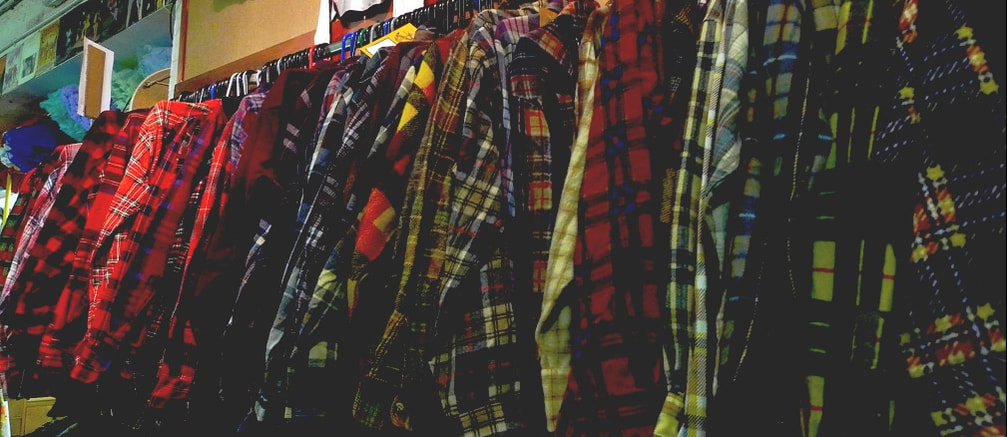
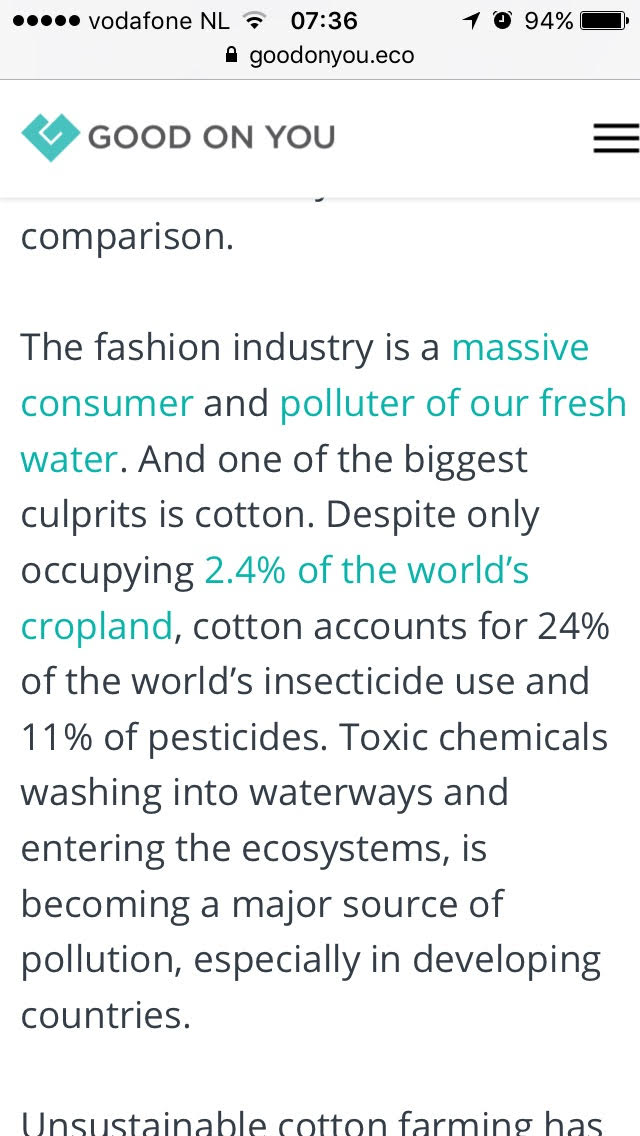
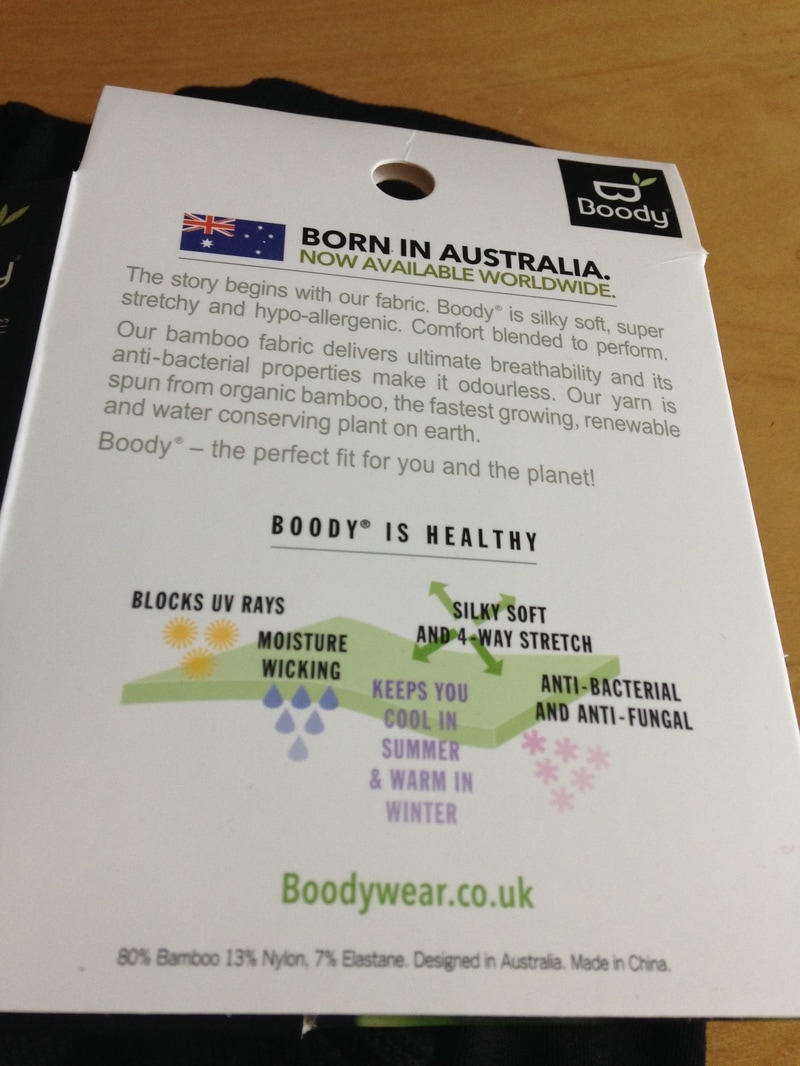
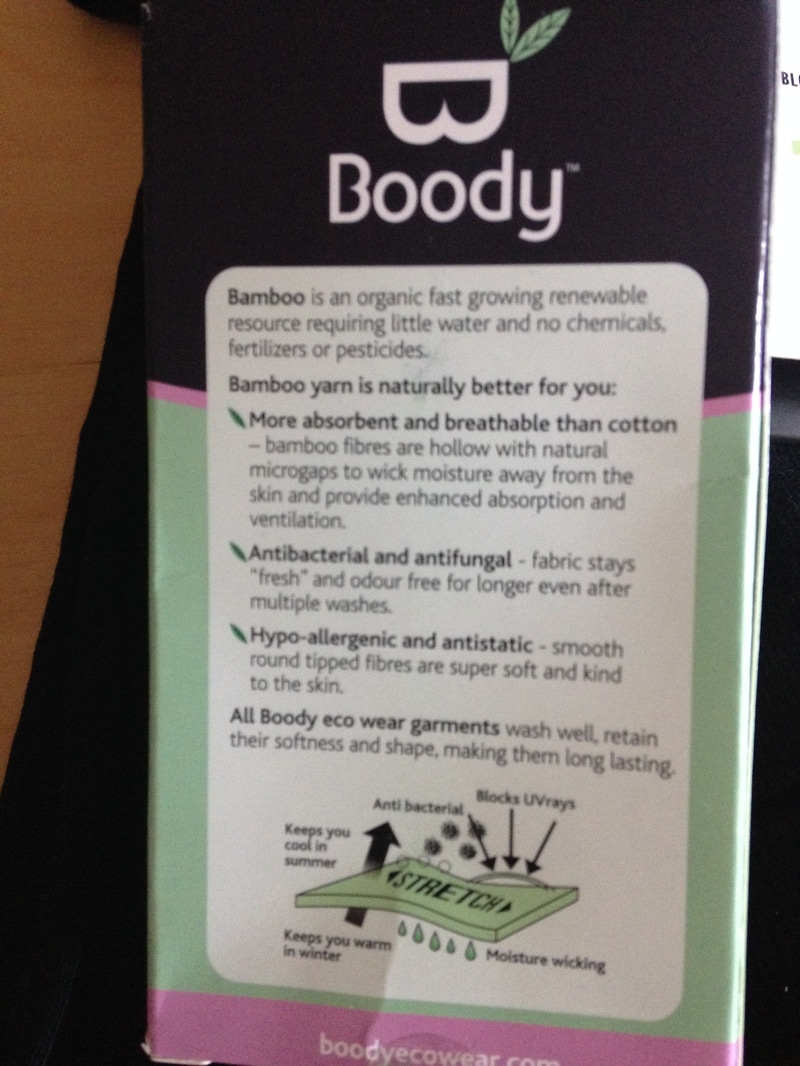
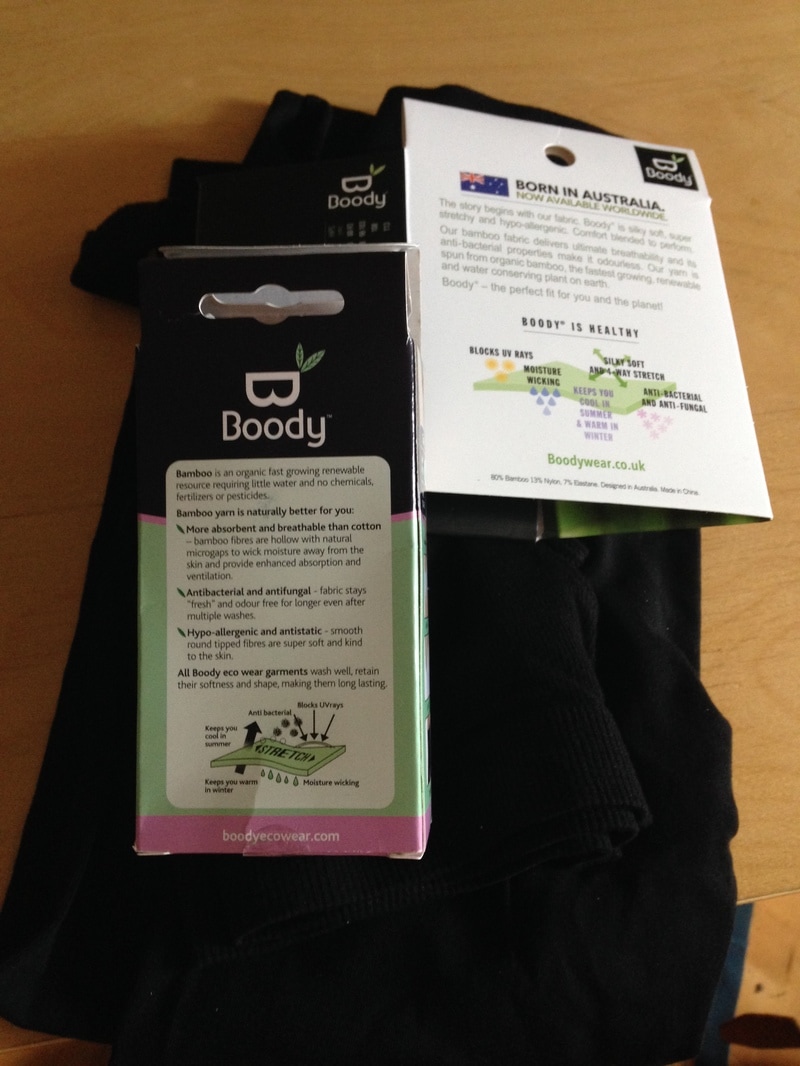
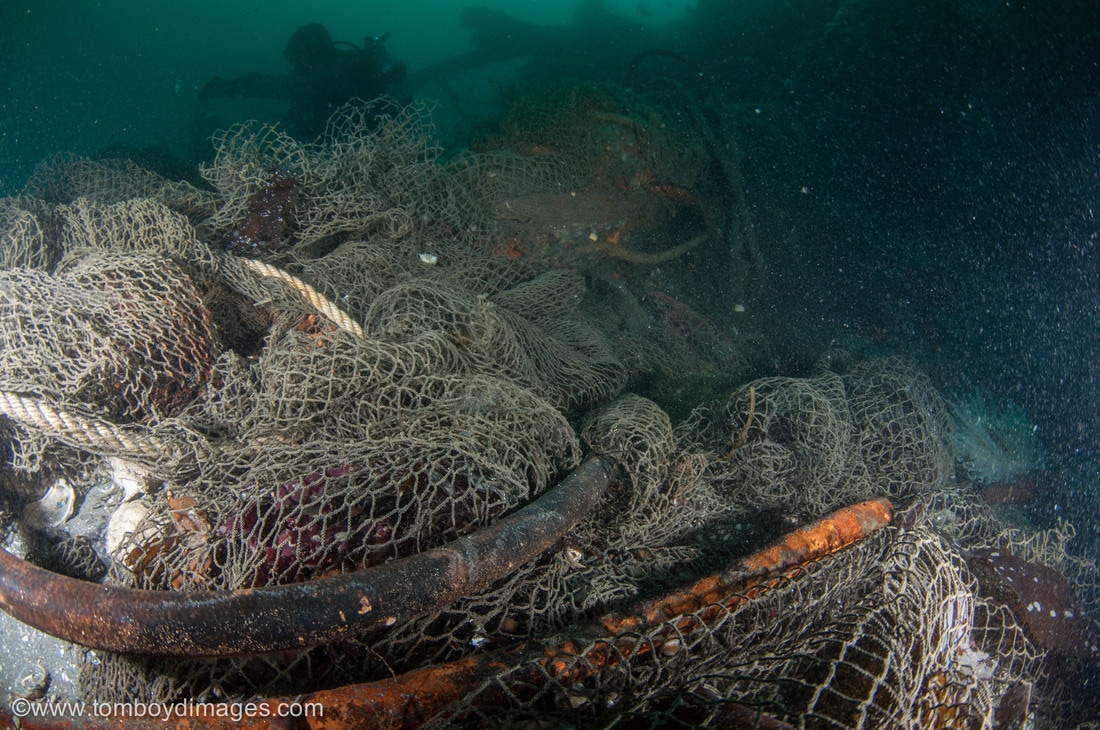

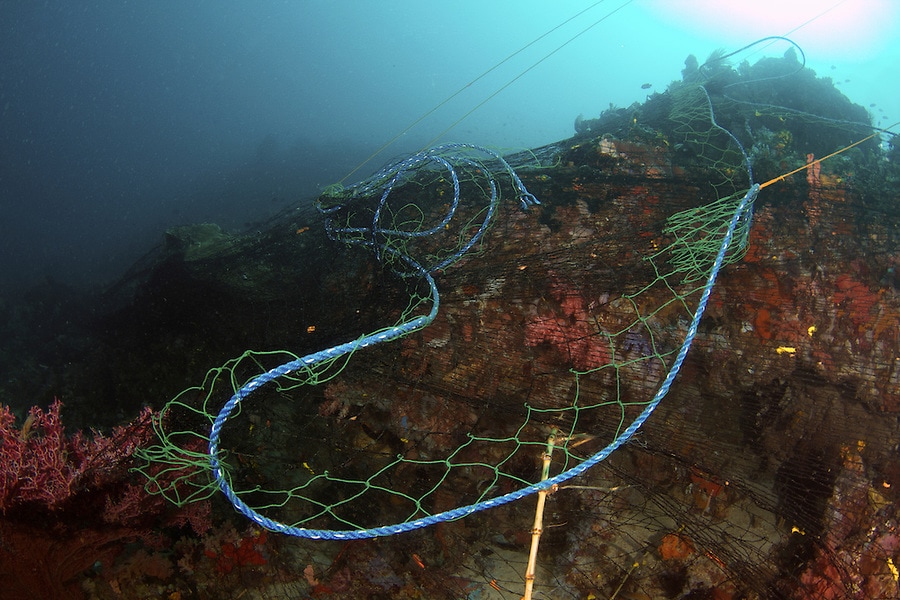
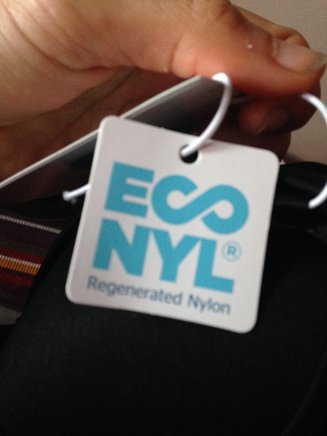
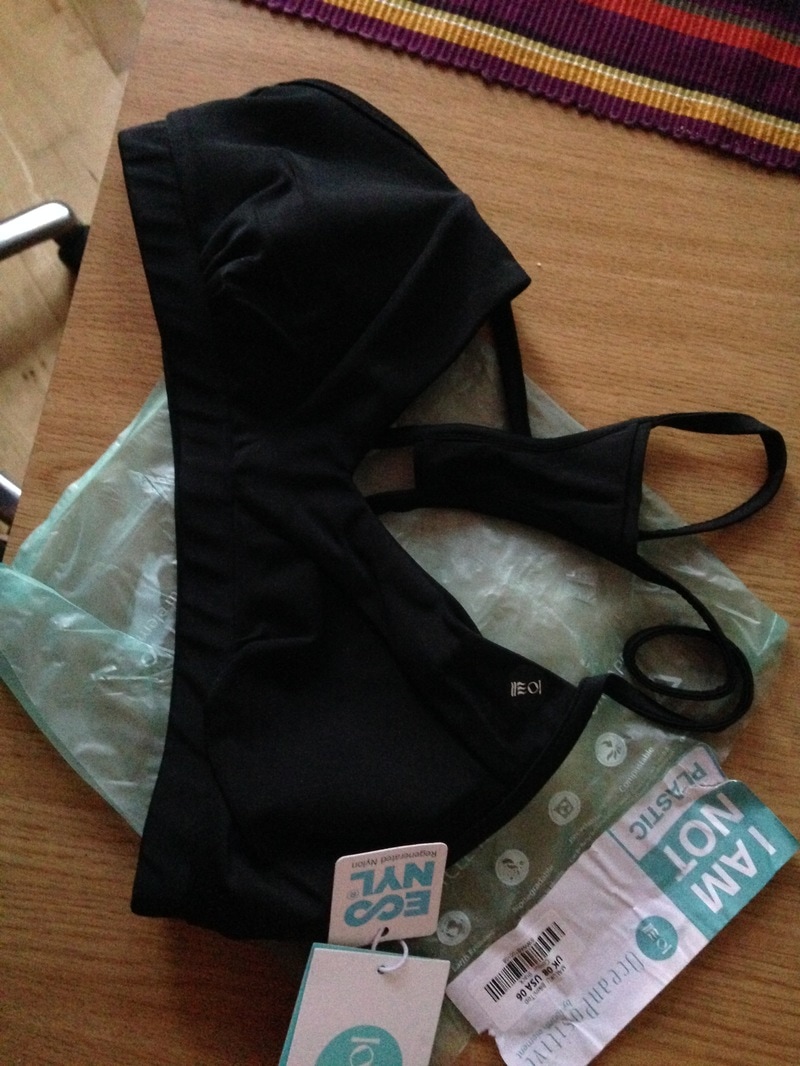
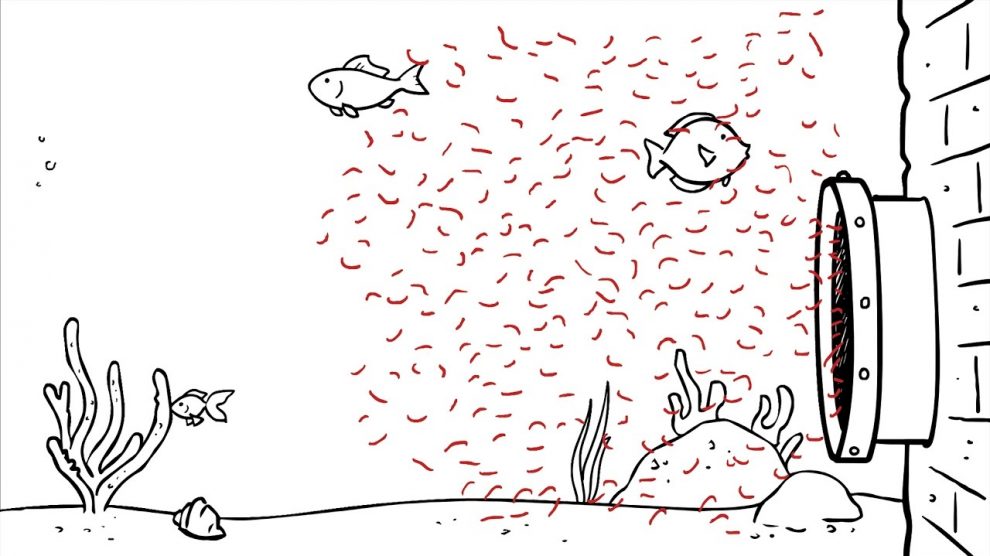
 RSS Feed
RSS Feed
